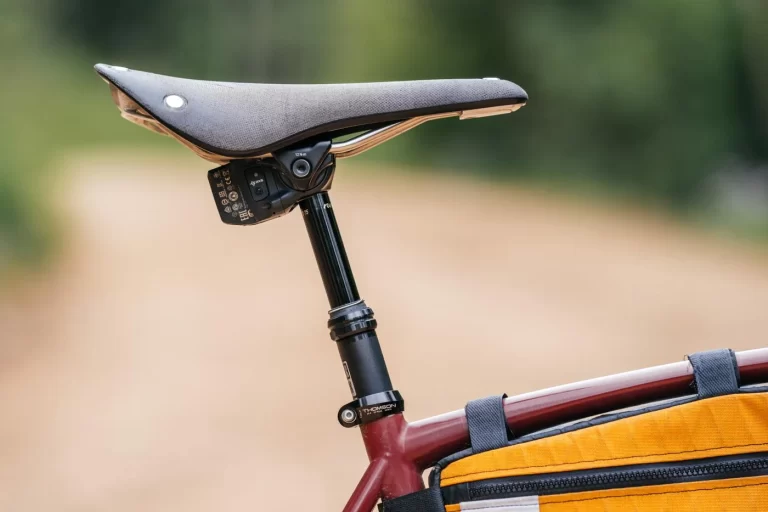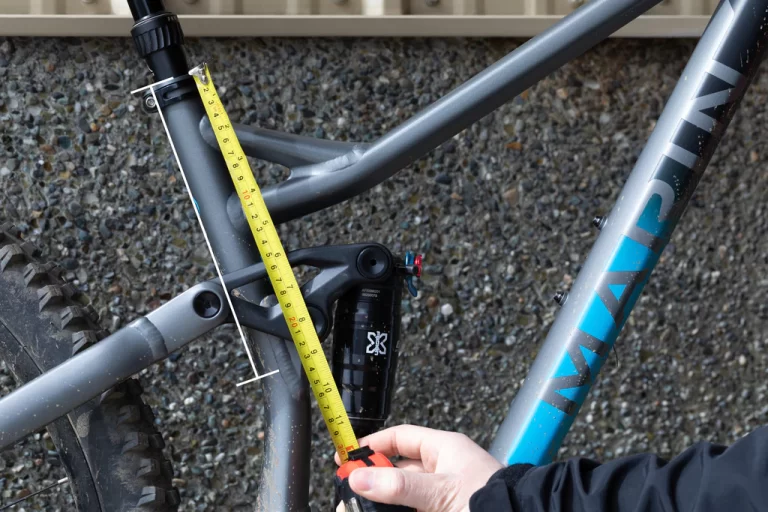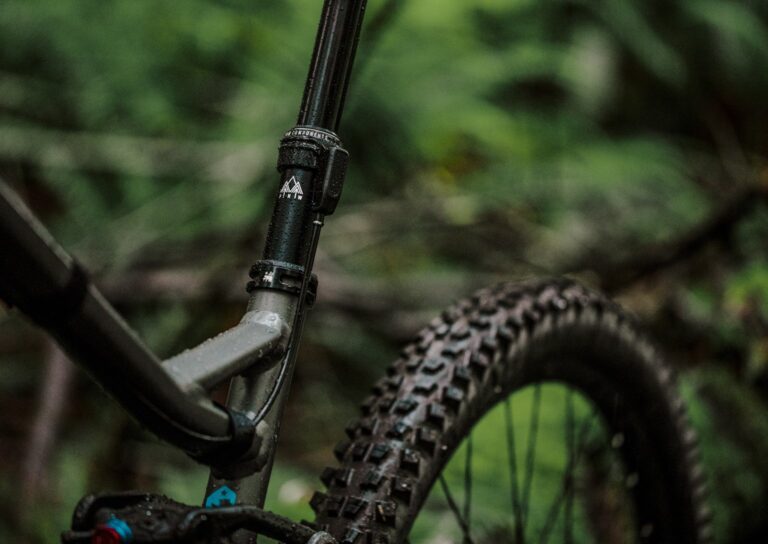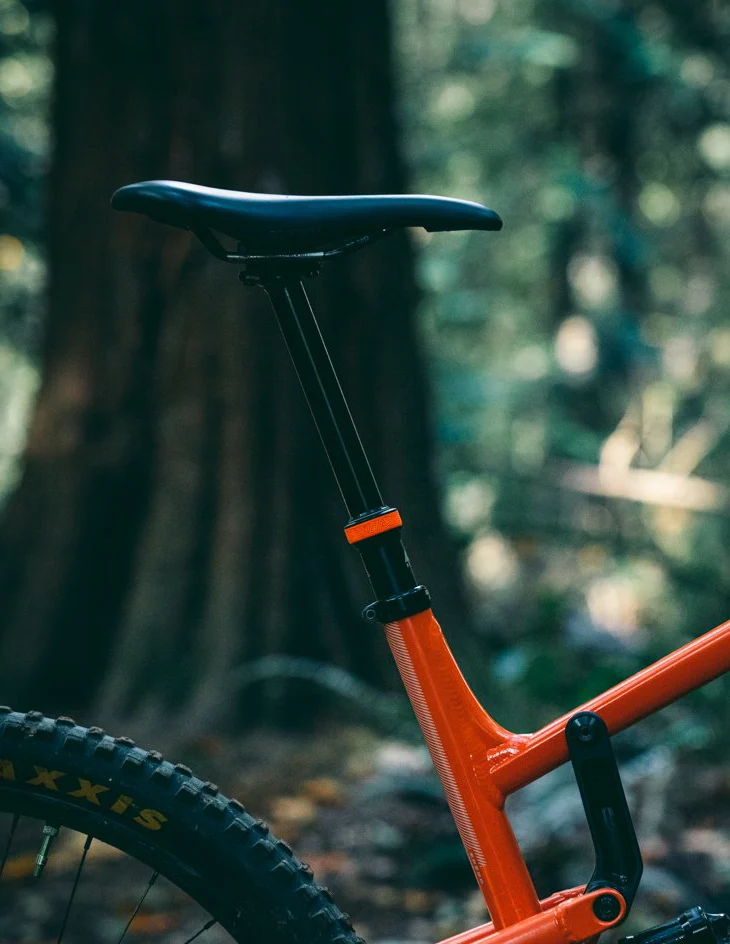Mechanical vs Hydraulic Dropper Posts: A Comparison

Key Point Summary of Mechanical vs Hydraulic Dropper Posts: A Comparison:
- Mechanical Dropper Posts: Operate with a cable system, offering ease of installation, maintenance, and reliability.
- Hydraulic Dropper Posts: Use fluid pressure for operation, providing smoother action but requiring more complex maintenance.
- Pros and Cons: Mechanical posts are user-friendly and cost-effective, while hydraulic posts offer superior performance but at a higher cost and maintenance level.
- Considerations for Choice: Riding style, maintenance preference, and budget are key factors in deciding between mechanical and hydraulic dropper posts.
As a seasoned cyclist who’s dabbled in the adrenaline-fueled worlds of mountain biking, gravel grinding, and cyclocross racing, I’ve had my fair share of experiences with dropper posts. The evolution from rigid seatposts to the modern dropper has been a game-changer for riders across disciplines. Today, I want to break down the differences between mechanical and hydraulic dropper posts, drawing from my own spills and thrills to help beginner and mid-level cyclists navigate these waters.
The Tale of Two Technologies
In my journey across various biking disciplines, the transition from a traditional seatpost to a dropper post was nothing short of revolutionary. It wasn’t just about comfort; it was about efficiency, control, and safety. But as with any innovation, there came options: mechanical and hydraulic dropper posts, each with its own set of advantages and challenges.
Mechanical Dropper Posts: The Reliable Workhorse
Mechanical dropper posts, which utilize a cable similar to those found in gear or brake systems, have been my go-to for many setups. Their simplicity means I can often fix issues trailside, without needing a specialized repair kit. I remember this one time during a gravel ride when my mechanical dropper started acting up. A quick adjustment of the cable tension, and I was back in action—no fuss, no muss.
Pros:
- Ease of Maintenance: Cable adjustments can be done with basic tools.
- Reliability: Less susceptible to performance issues in varying weather conditions.
- Cost-Effectiveness: Generally more affordable than their hydraulic counterparts.
Cons:
- Manual Adjustment: Requires physical adjustments for tension and may stretch over time.
- Feel and Performance: Can be less smooth than hydraulic options, with a more noticeable lever effort.
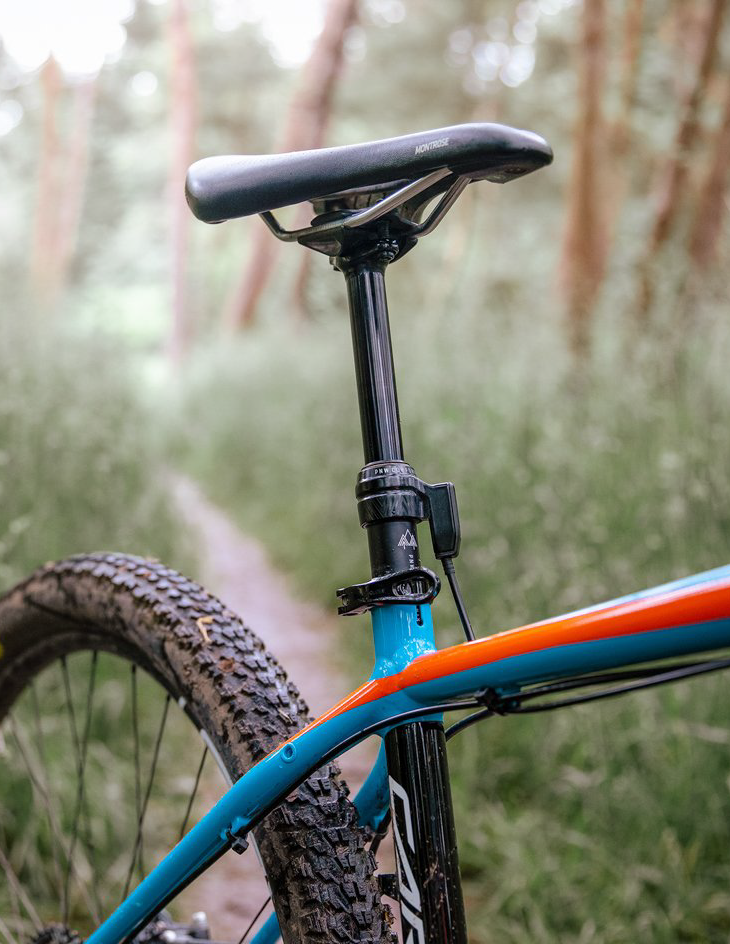
Hydraulic Dropper Posts: Smooth Operator
Hydraulic dropper posts, on the other hand, offer a buttery-smooth operation that can feel like magic. Using fluid pressure to raise and lower the post, the action is often more refined compared to mechanical posts. However, they do come with their own set of quirks. I’ve had my share of hydraulic post malfunctions, usually at the least opportune moments. Unlike mechanical issues, hydraulic problems often meant the end of my ride, or at least riding with a fixed post height.
Pros:
- Smooth Operation: Provides a seamless and effortless drop and return.
- Less Maintenance: Doesn’t require regular adjustments since there’s no cable to stretch.
Cons:
- Complex Maintenance: When issues arise, they often require more expertise or a trip to the bike shop.
- Weather Sensitivity: Hydraulic fluid can be affected by extreme temperatures, potentially impacting performance.
Making the Choice: What’s Right for You?
Deciding between a mechanical and hydraulic dropper post comes down to a few critical considerations:
- Maintenance and Repair Skills: If you’re more DIY-oriented and prefer trailside fixes, a mechanical post might be your best bet.
- Performance vs. Reliability: For those prioritizing smooth operation and performance, a hydraulic post could be worth the extra investment.
- Budget Constraints: Mechanical posts typically offer a more budget-friendly entry point into the world of dropper posts.
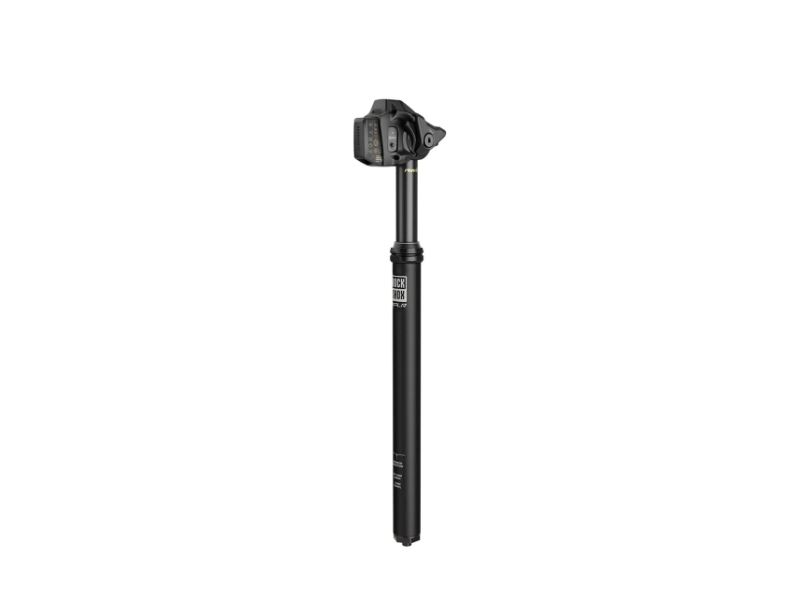
Final Thoughts
Both mechanical and hydraulic dropper posts have their place in the cyclist’s toolkit. As someone who’s experienced the highs and lows of both systems, my advice is to consider your riding style, maintenance preference, and budget before making a choice. The best dropper post is the one that aligns with your needs and lets you focus on the joy of riding.
Whether you’re cresting a mountain trail or navigating the unpredictable terrain of a cyclocross course, the right dropper post can elevate your ride. Here’s to finding your perfect fit and enjoying the trails ahead with confidence and control.
There are a few models that consistently receive high marks from users and professionals alike across various categories like reliability, performance, ease of installation, and value. Here’s a quick overview of some top contenders:
1. RockShox Reverb AXS
- Type: Hydraulic
- Features: Wireless electronic actuation, offering the pinnacle of convenience and performance. It’s highly praised for its smooth operation and the absence of cables, which simplifies installation and creates a clean cockpit setup.
- Best For: Riders looking for the latest technology and are willing to invest in top-tier gear.
2. PNW Components Cascade
- Type: Mechanical
- Features: Offers great value with reliable performance. It’s known for its durability, ease of maintenance, and a broad range of size options to fit different riders and bikes.
- Best For: Budget-conscious riders who still want a reliable and easy-to-service dropper post.
3. Fox Transfer Factory
- Type: Hydraulic
- Features: Known for its smooth action and robust build quality. The Transfer Factory version includes a Kashima coating for reduced friction and improved durability.
- Best For: Riders who prioritize performance and durability in harsh riding conditions.
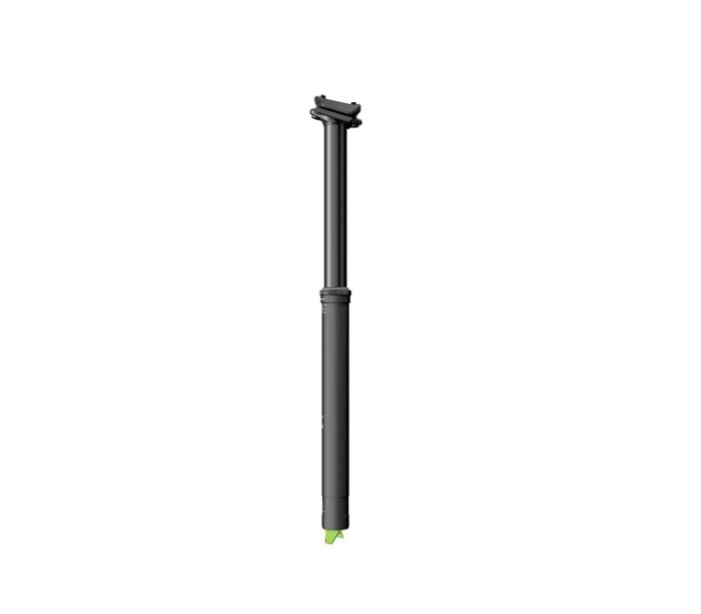
4. OneUp Components V2 Dropper Post
- Type: Mechanical
- Features: Offers one of the shortest insertion lengths available, making it compatible with a wide range of bikes, even those with interrupted seat tubes. It also allows for easy travel adjustability.
- Best For: Riders needing a versatile post with adjustable travel or those with frames that have limited dropper post compatibility.
5. Crankbrothers Highline
- Type: Hydraulic
- Features: Praised for its reliability and smooth operation, the Highline series comes in various travel lengths and diameters to suit different bikes and riding styles.
- Best For: Riders looking for a dependable post with a solid warranty and customer support.
Selecting the Best for You
When choosing the best dropper post for your needs, consider the following factors:
- Compatibility: Ensure the post fits your bike’s seat tube diameter and frame routing (internal vs. external).
- Travel Length: Match the post’s travel to your riding style and the terrain you typically ride. More travel can offer greater flexibility on technical descents.
- Actuation Type: Decide between the ease of a mechanical post or the smooth performance of a hydraulic option.
- Budget: Higher-priced models often offer advanced features and materials, but there are many reliable options available at various price points.
The best dropper post is the one that fits your bike, meets your performance needs, falls within your budget, and enhances your riding experience. It’s worth checking out the latest reviews and possibly testing a few models if you have the opportunity, as new advancements and models are continually emerging in the market.
Happy Riding!
John

